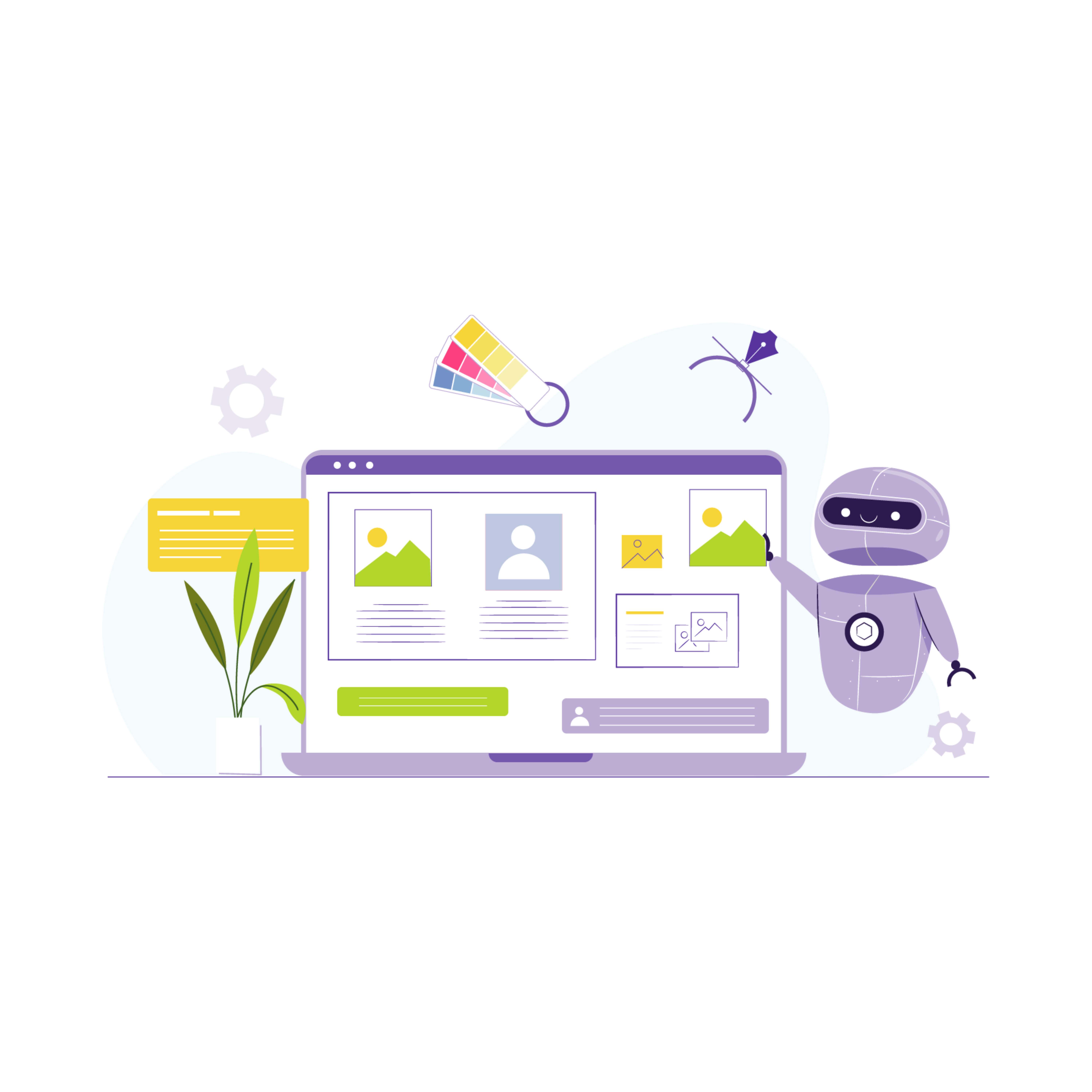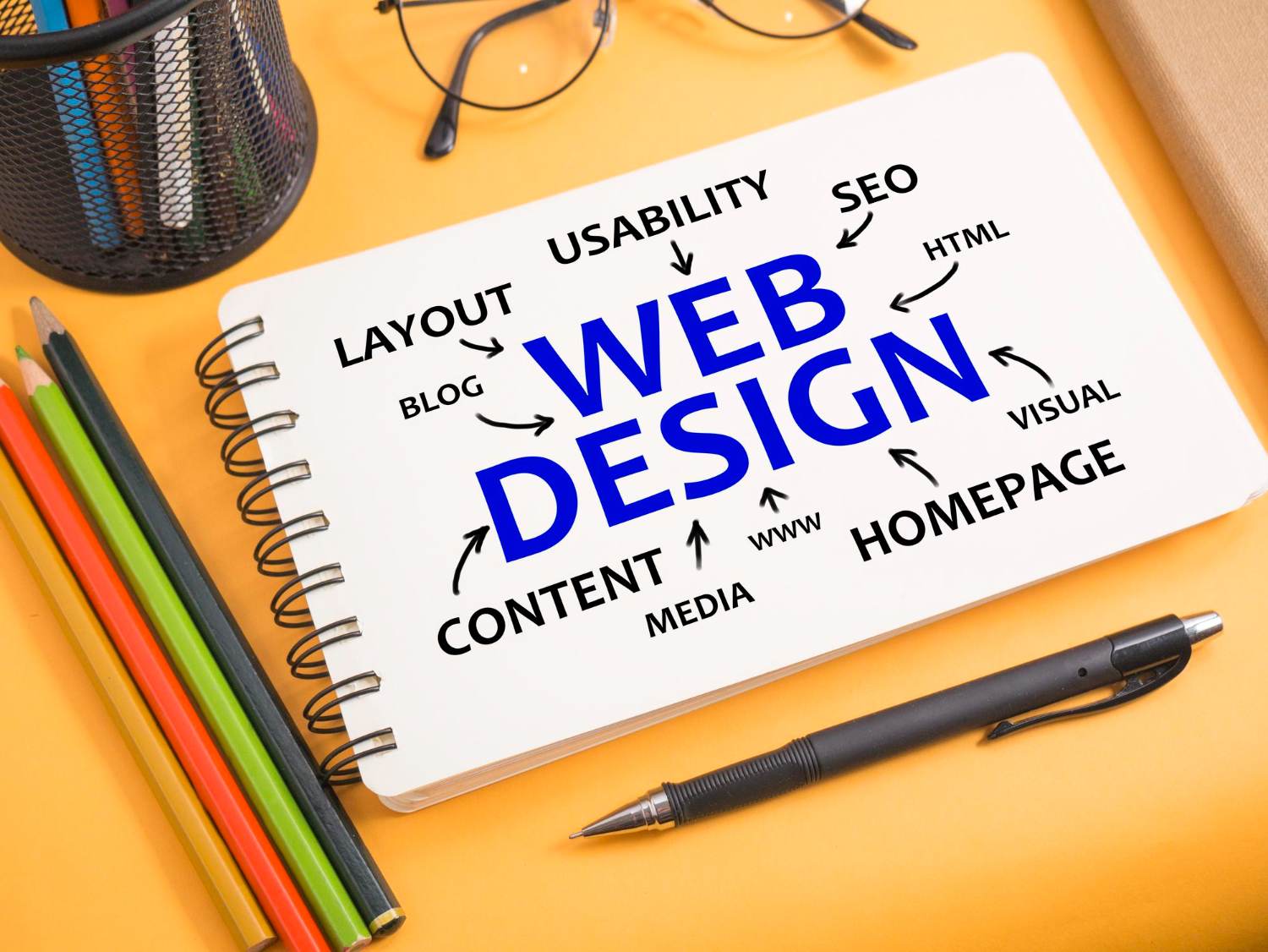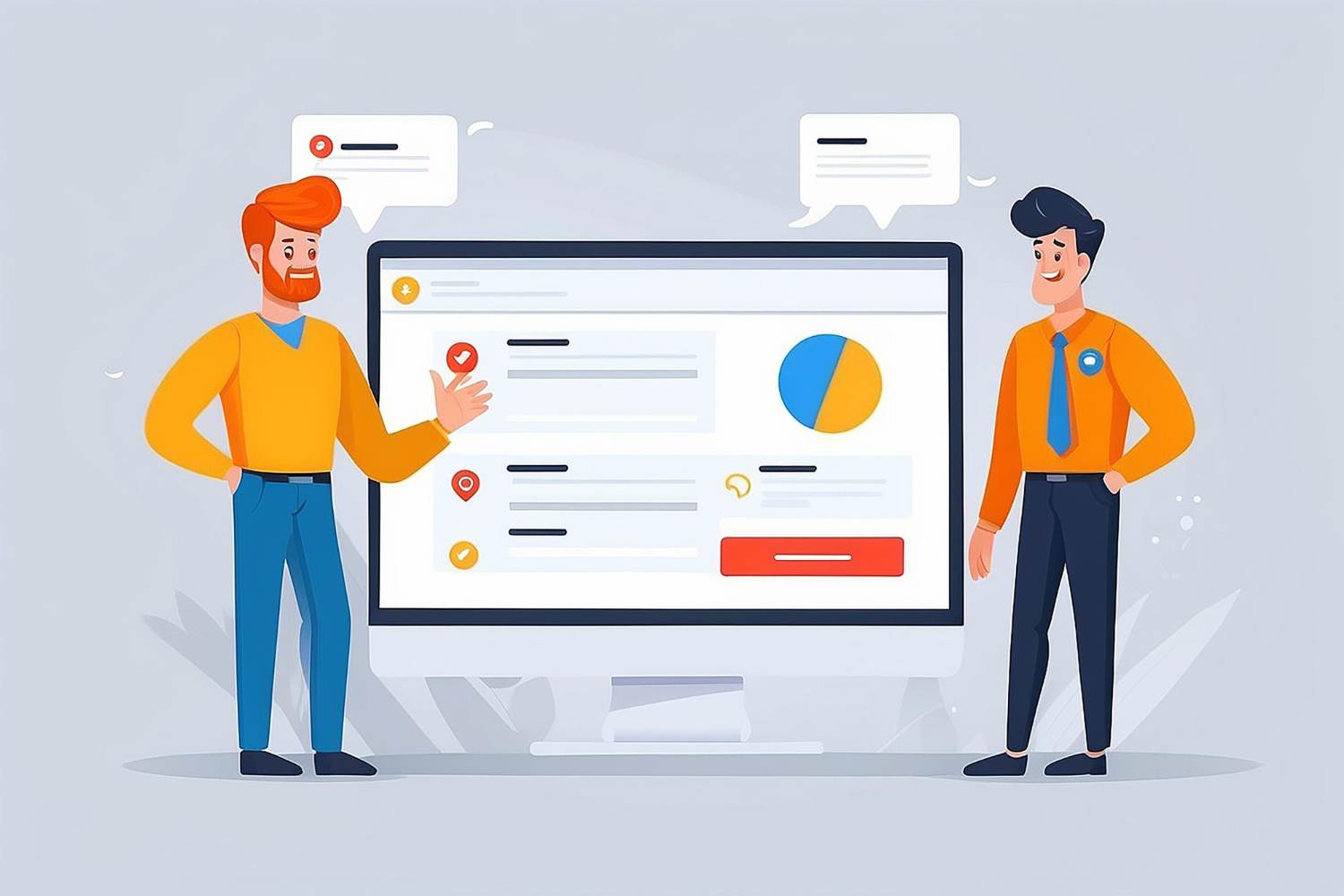1. AI Website Builders Are Making Design Effortless
You no longer need to know code or spend weeks designing a website from scratch. AI website builders like Durable, Bookmark, and 10Web can create an entire website in minutes — all you do is describe your business and preferences, and the AI handles the rest.
This is especially helpful for beginners or small business owners who just want to get online quickly. And if you’re just starting out, you might also find it useful to explore tools mentioned in our post on Best Website Design Software for Beginners, they offer simple drag-and-drop options without the complexity.
2. Smarter Personalization and User Experience
AI doesn’t just design; it learns from every visitor. Modern websites use AI to analyze user behavior, like what people click, how long they stay, and where they drop off — to deliver more personalized experiences.
For example, returning visitors might see new recommendations or a “Welcome back” message, while first-time visitors get guided tours. This kind of personalization not only boosts engagement but can also improve your overall site performance (something we dive deeper into in How Design Affects SEO and User Experience).
3. AI-Generated Content and Visual Design
Another area where AI shines is content creation. Designers and marketers are using tools like ChatGPT, Jasper, and Writesonic to generate high-quality text and SEO-friendly copy. At the same time, image-generation tools such as Midjourney and DALL·E create stunning, custom visuals in seconds, no photoshoots or stock images required.
If you’re comparing whether to stick to traditional tools or go AI-first, our post on Top Professional Web Design Tools for Developers and Designers breaks down where human creativity still matters most.
4. Voice, Chatbots, and Automation
AI is also redefining how users interact with websites. From AI-powered chatbots that assist customers 24/7 to voice-enabled interfaces that make browsing more intuitive, automation is creating smoother, more human-like experiences.
This is particularly powerful for eCommerce sites, where bots can recommend products or help users complete a purchase. If that’s your focus, you’ll love our article on Website Design Software for eCommerce — it covers how these tools can streamline your store setup and marketing.
5. When to Use AI — and When Not To
As impressive as AI is, it’s not a magic wand. It still lacks emotional understanding and brand intuition, two things only humans can provide. The best approach is to use AI as a co-creator: let it handle structure and speed, while you shape the message and emotion behind your design.
Think of it like this, AI builds the house, but you decide how it feels when someone walks in.
Final Thoughts
AI is changing website design, but it’s not replacing designers, it’s amplifying their creativity. By automating repetitive work, analyzing data, and helping personalize experiences, AI lets creators focus on what truly matters: connection and storytelling.
And as we move forward, trends like motion UI, 3D design, and voice interfaces are going to make websites even more dynamic. You can explore these upcoming innovations in our deep dive on Upcoming Trends in Website Design Software , it’s where the future of web design is already taking shape.



